artworks, artists and exclusive offers. Sign up now
[CRITIQUE] Han Jisoc: Uncertainty in Certainty
JUNE 23, 2020
By Ungyu Yeo
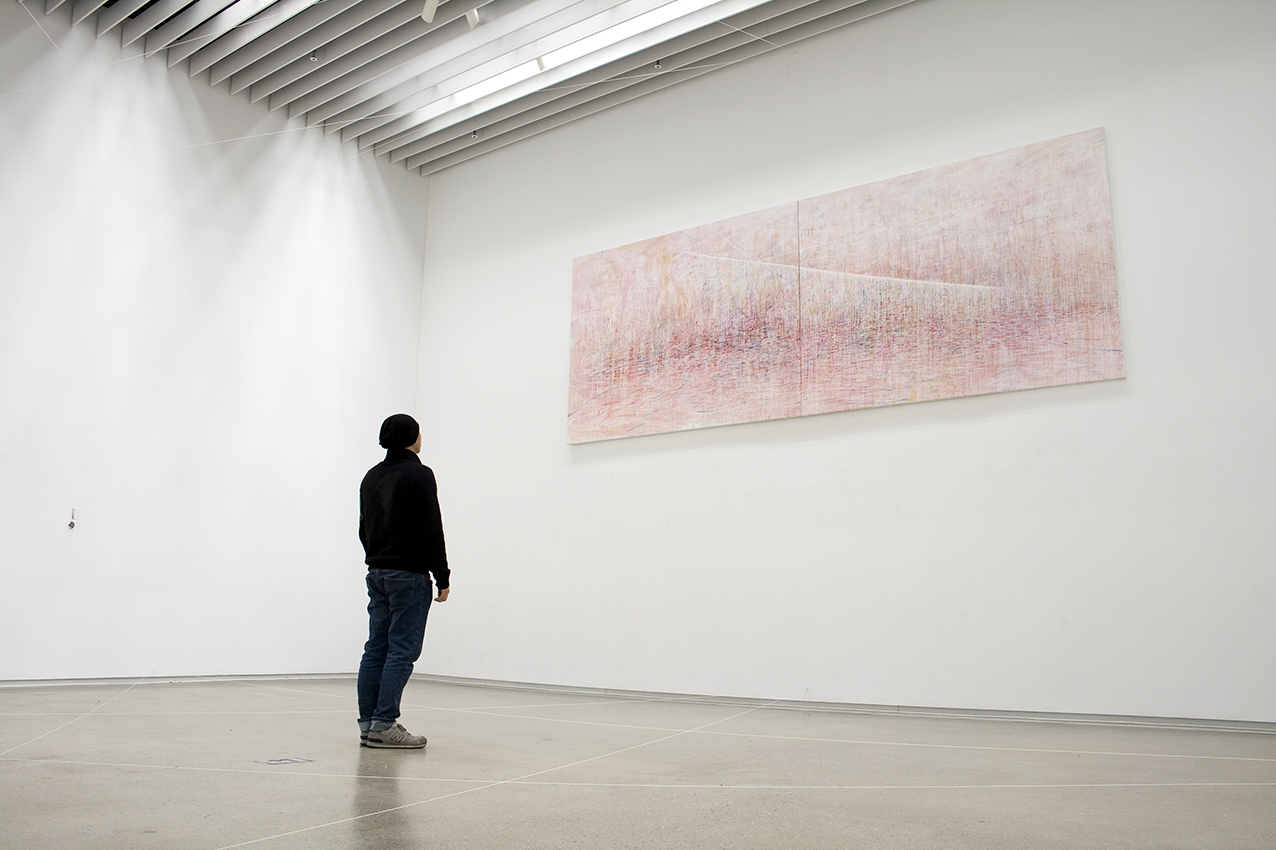
closer, 2012, oil on linen, 200 x 540 cm
Uncertainty in Certainty
Newspaper clippings are densely put on a wall of Jisoc Han’s studio. Some seem new as if addressing a current topic after being placed immediately and others appears dim and faded, covering old incidents we just vaguely remember. It is of course hard to find correlation among incidents in newspaper cuttings. Does he take a great interest in society and reflect this through his work? Any artist whether he is social or not has concern for society. However, his interest in society is not surely coincidental with his concern for reality. How is an attempt to read an artist’s messages on reality in his work ineffective? We should not anticipate this in a painter’s work. But, it is undeniable that his work is first inspired by newspaper photographs and articles. If this was not the case, he would not put such clippings densely on his studio wall. However, his work triggered by news photographs looks ambiguous.
As you sow, so shall you reap – but this is not true in Hans’ work. A newspaper article that may be written on the five Ws and one H principle has no context; and a photograph as certification for a fact or incident appears blurred. A scene in his work seems deleted or covered with something, and the outlines of form appear melted. This feature hints that referential events may be tragic incidents. His puzzling works entangled with similar hues do not call for viewers to predict the reality they reflect, or his intention. What occurs in Han’s work is not a homogenous transformation: from idea to idea; or from reality to reality. It is a field where constant changes occur: from concretion to abstraction, reality to idea, fact to feeling, certainty to uncertainty, external surface to the internal, the public to the private, and phenomena to imagination.
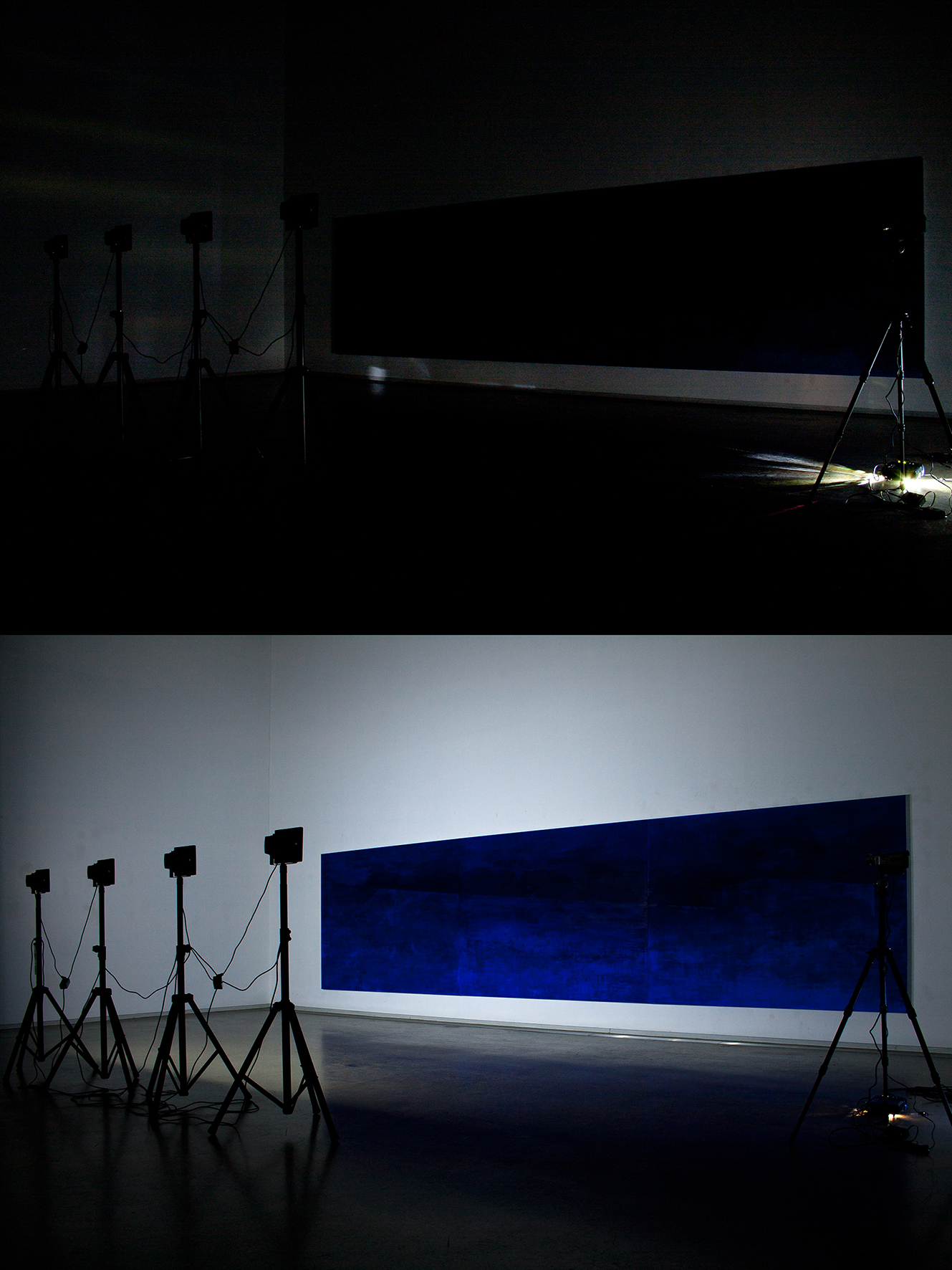
The Tower, 2014, mixed media, dimensions variable
For Han a true incident takes place at the border, related to a point where a state undergoes change. He says “A great affair seems separate from a trivial affair, but they are persistently linked when they are perceived.” This accidental incident that takes place on a border, raising change beyond a critical point, recalls hypotheses in modern physics exemplified by Philip Ball in his book Critical Mass: How One Thing Leads to Another, such as the principle of chaos and complexity and also the catastrophe theory that denotes how a trivial effect in society creates a sudden shift. This tendency is also discovered in Han’s exhibitions like Out of Sight (2010) that addressed the relationship between the visible and the invisible, and White-hot (2012) that employed terms signifying the liquefaction-point of metal. While Han overlapped a few events in one scene in previous works, an incident is enlarged or appears in part in pieces on display at this exhibition, but the problem of the border is still brought to the fore.
Ultramarine blue adopted to dye a large piece (200x780cm) in this exhibition is the color at the boundary between day and night, before dawn. All is concealed as if covered with a mystic veil in a time zone when forms can be perceived with starlight or moonlight. Something here cannot be completely obliterated with covering, and referents are erased. This brief moment is also the time when the conscious intersects with the unconscious. The dominance of color in the exhibition, including blue and pink-red, does not harmonize but is a heterogeneous state. These colors awkwardly confront and collide like accidents and incidents reported by newspapers, as if comic and tragic incidents are synchronically arranged on the same page of a newspaper. The newspaper crammed with provocative incidents grows indifference and insensibility toward the world. A disaster is already in the perspective of the general public that reads it and consumes information. The artist further underscores dissonance and disturbance in painting, thereby deleting the generation of meaning from referents.
Blue refers to mystery and depression in his work, whereas pink is suggestive of tragedy and pity. Pink is reminiscent of the body, the earth, and finitude, and blue of the spirit, the sky, and infinitude. The two, however, face each other indifferently: here, condensed layers are innate in a simple form in monotone. Existence on a border in an ambiguous state denotes the artist and his work’s condition as a paradoxical being that can exist only when they deconstruct self-identity. On display at the exhibition is an enormous work filling an entire wall of the venue and small pieces in contrast. The small works are roughly of newspaper size. The subject matter of the largest work – eight meters wide – is a nuclear power plant closed due to an accident. The plant for producing energy for industry was a disaster scene caused by nature and artificiality. The atom’s emptiness is maximized as a ruin.
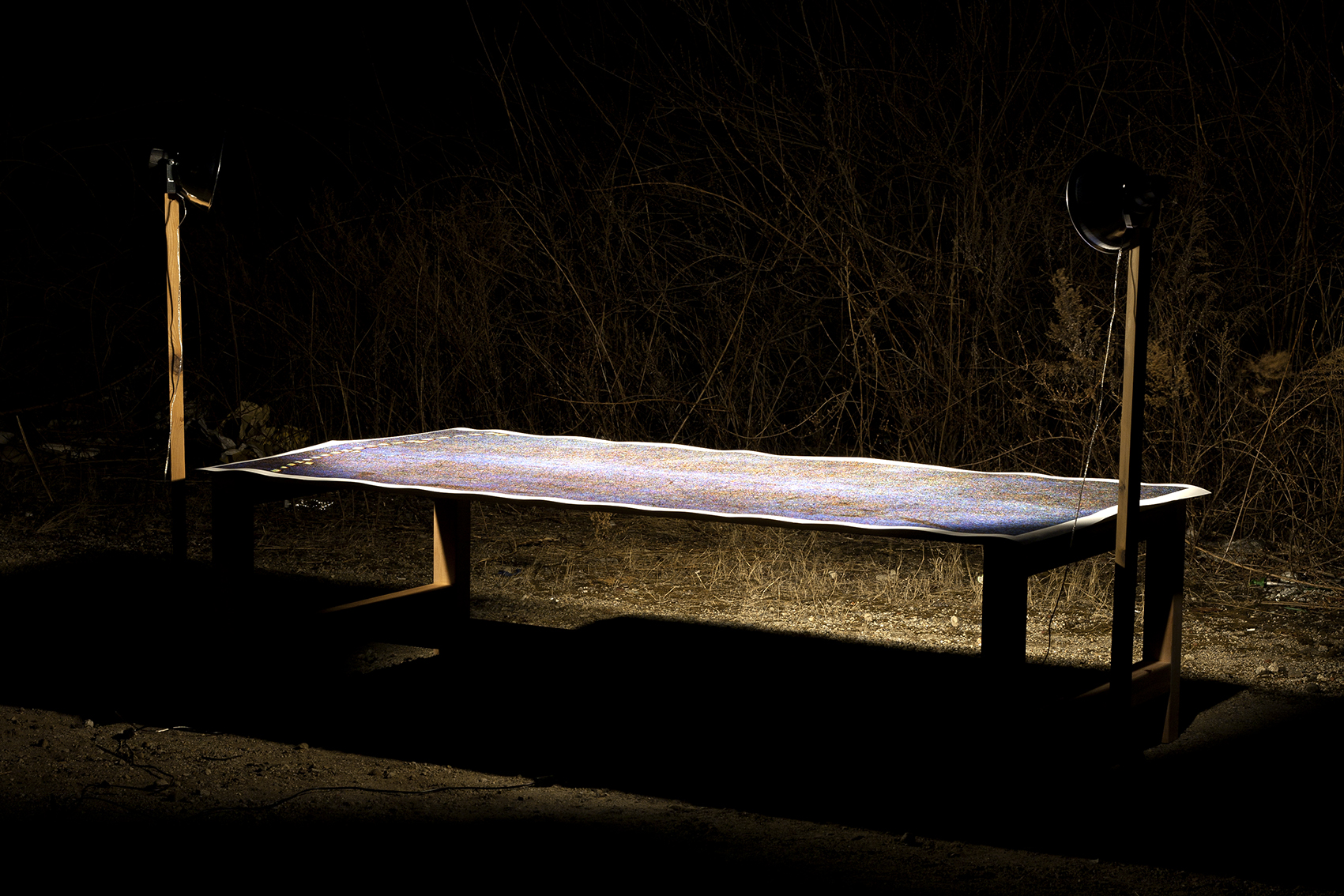
silence please, 2015, mixed media, dimensions variable
It is unclear whether the paint running down the canvas is to signify a nuclear reactor reaching a critical level or to mourn sacrifice. This ruined place appears desolate as if being submerged in a deep sea. The product of advanced civilization placed tenuously on the earth’s surface is helpless against the power of reality, surging like a tsunami. A geometric silhouette cutting across the scene hints that the place was once occupied by people. The enormous vessel of civilization is struck on a rock, leaving blurred lines. The stains running down show viewers their own moving line to indicate a disaster is a chaotic state where form and background cannot be distinguished. Energy still flows here, but is not for human safety or convenience. The force beyond the border may cause disaster. Excessiveness beyond reduction or curse may be pleasure for someone, but nature embraces even ruins.
A building depicted in a middle-size blue work comes from a real estate advertisement. As the building is for sale, the photograph looks nicer than the real, but appears with lines of light like cut scars. The light leaking through desolation stimulates diverse imaginations in viewers. One of the ways Han blurs the boundary is to cover a gray veil. A baby’s profile and a dim scene like a part of a billboard appear like a ghost. Obstacles and noise preventing viewers from accurately deciphering information are inserted like fog in his works. Is this sabotage or a bad habit caused by the artists’ obsession to bring about something new, or ambiguity and a delightful esthetic tendency? Han makes viewers feel inconvenience by decoding clear codes carried by news photographs. Drooping flowers, someone carrying a flag, and an icon like a wheelchair wheel exudes a tragic feeling in accord with red paint flowing down, whose meaning is hard to grasp before the artist accounts for it.
A hand holding a paper cup is without nuance, but a conspiracy turning into a big event lurks in this trivial scene that has nothing that draws attention. Every news photograph naturally conveys some information the general public may share. Han maximizes trivial parts that pierce him with the medium of painting. This reminds us of two contrasting terms, studium and punctum, which Roland Barthes coined in one of his well-known books, Camera Lucida. Barthes wrote this book with the hope of grasping what unexpectedly inspires him in a photograph. He explained that some photographs appear with something unidentifiable for him, and others are not. In this book Barthes said he feels interest in photographs whether he sees them as political evidence or remarkable historical paintings because of the studium.
That is why my involvement in an attitude, face, gesture, background, or action is something cultural. However, the second element comes to break the studium. This time I do not look for the element. It comes itself to pierce me like an arrow after leaving the scene of an event. Punctum is a Latin word referring to creating a brand with a pointed blade with a sharp edge. Barthes called this second factor that interrupts the studium punctum. Barthes defines the studium as slippery, irresponsible interest, inconsequential taste, and the order of liking, whereas punctum is love, contrasting the concepts of the two terms. As long as punctum is love, it may be associated with death and madness. Studium always becomes codified, but punctum does not. The namable cannot stab me. The unnamable is an apparent sign of pain. Although its effect is obvious, this is an expressionless impression. This cannot find its sign or name.
Nevertheless, the scene keenly reaches some vague point in the subject’s mind. This is acute and suffocating, crying out in silence. Following Barthe’s discussion, Han’s work informs that a thing that is presented but not underlined by a photograph, its fragments, and a word in a news article has the artist start toward another world of painting. The stains of red or blue paint running down are signs of wrestling with some elements photographed unwittingly in news photos seeking clear codification and of the wounds caused by this. Han’s painting cannot be said to be completely controlled consciously – for instance, the stains flowing down are not a representation of a tragic worldview by the artist but are half executed by gravity. According to Camera Lucida, studium presented by news photos is a contract between its producers and consumers.
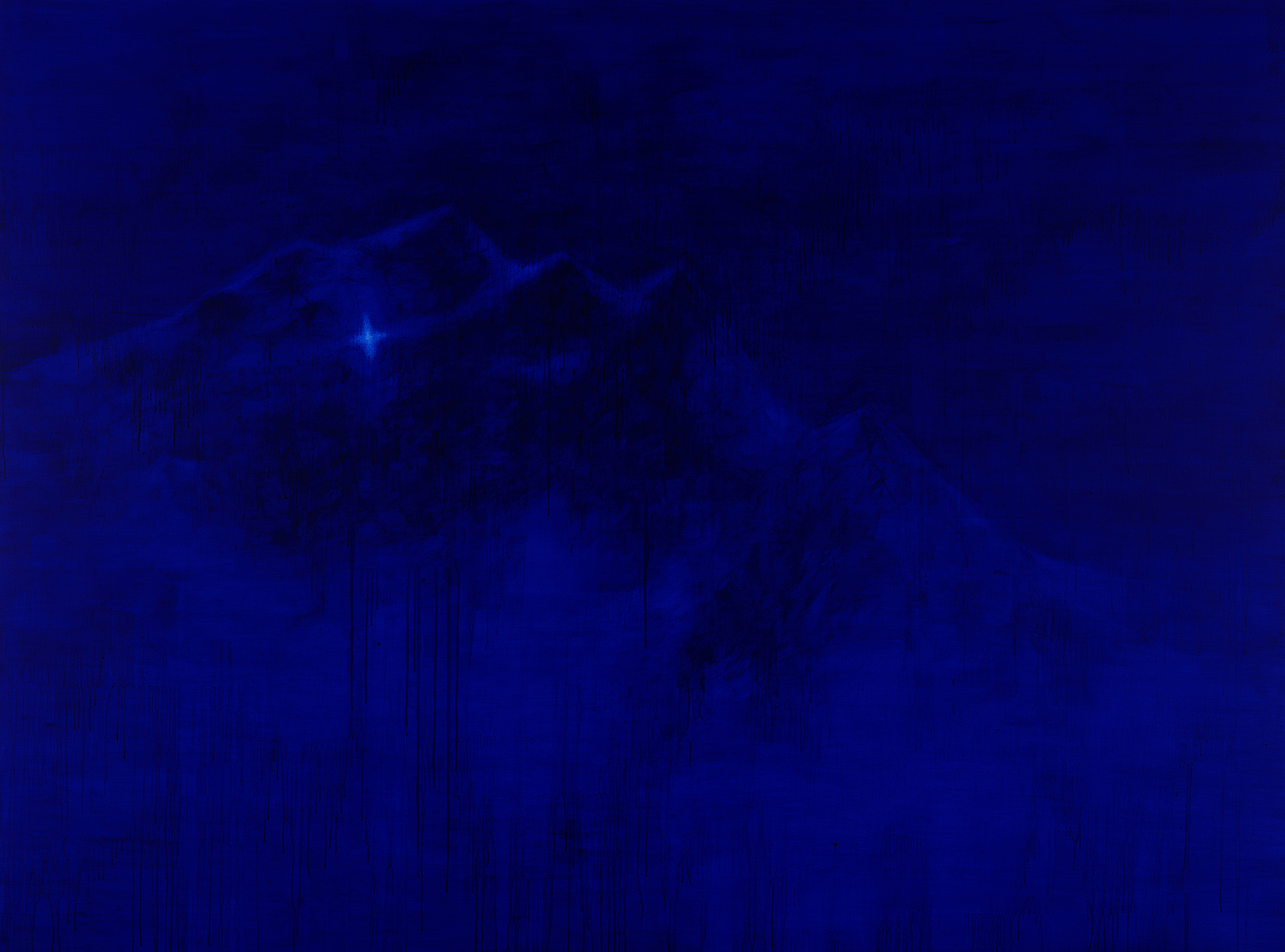
깊은주의(deep attention), 2017, oil on linen, 200 x 270 cm
The functions of studium are offering information, expression, capturing, giving meaning, and stimulating desire. In the same space of a photograph however, a trifling element draws me. Punctum is usually a detail or a partial object. Showcasing an example of punctum is to reveal myself in a way. An event captured in photography here is not a sign but a thing itself. Some details deviating from a photographic intention are amplified by the medium of a picture. Such surplus, excess, and affixation are found in Han’s work derived from news photographs. A news photograph that has to be readable by the general public in a breath is content with showing an object as a whole, but his work showcases only half of the object. The language Han commands is not clear. It is not a transparent window or mirror. A painting’s material body stands out in his work. Han’s work drives news photographic rhetoric into a deep silence, making objects opaque.
The traces of his painting covered or deleted with seedy brushwork are submerged under tones exuding depression or sympathy. In the same book Barthes also underscores the return of the dead existing in all photographs. Death is the true nature of photography. For Barthes, the photograph has some connection with the crisis of death that historically began in the late 19th century. The same century created history and photography. According to the author, photography that emerged in the same age when rituals disappeared is a phenomenon in which a non-symbolic death departing from religion or rituals infiltrates into modern society. This means that photography testifies the era of death. Scenes of disasters Han discovers in news photographs are already filled with the signs of death. The punctum of a photograph underlines that the form of photography itself is a sign of death. A variety of disaster photographs allude that death will be attained or has already been attained.
An irresistible sign of my upcoming death is innate in a photograph, stabbing at me. Blurriness saturated with only one color in Han’s work puts emphasis on absence and death. A white layer representing a shadow of death is applied to the painting featuring the silhouette of a baby with a sign of disease. The painting with enlarged details underlines the uncertainty inherent in a news photograph. This interruption increases opaqueness in language, putting the artist some distance from representation. Han’s work derives from a photograph certifying some fact, but does not repeat it, because a representation assumes the role of ratifying a dominant reality, aiding and encouraging disaster and violence. It is undeniable that there has been an indulgence in and consumption of disasters in the name of criticism of reality. The scenes of disasters are consumed by the media, but splendid spectacles dominating modern society are violent in that these are caused by the dominance of capital producing losers.
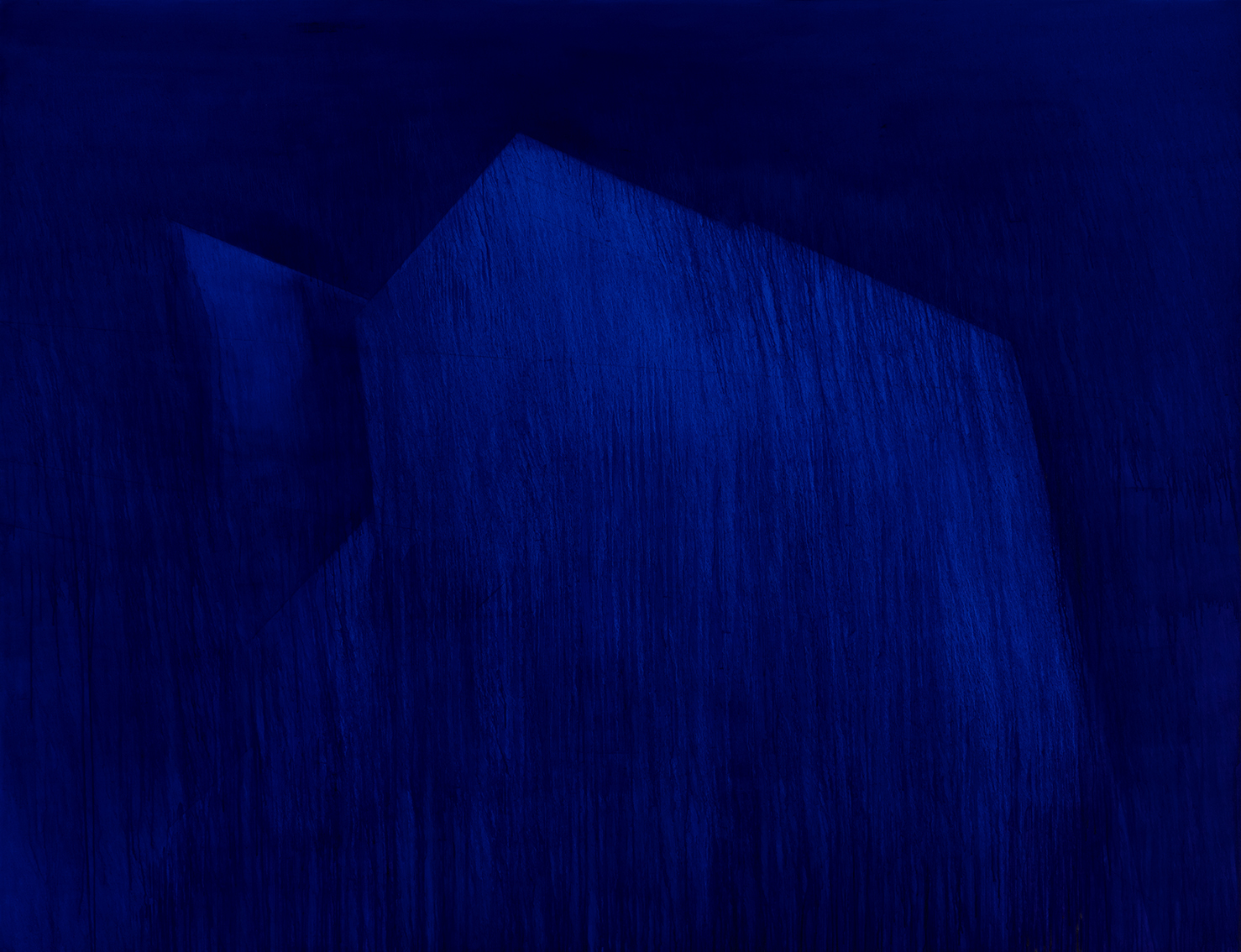
정지된 깃발(flag), 2018-19, oil on linen, 200 x 260 cm
Han’s work has no intention to denounce violence, but is within the mechanism of violence hurting viewers. The terms abovementioned, punctum and stadium, are replaced with certainty and uncertainty. An abominable violence becomes uncertain in his work. This recalls Jacques Derrida proving that law does not differ from violence in his essay Force of Law (Force de loi). Derrida deconstructs the law, regarded as the foundation of a mystic authority, to allude to a true justice. He asserts that the indeterminable, unpledged, and incalculable, distinction and difference, and heterogeneity are included and must be included in the law. Blurring apparent codes enhanced by social messages, Han underlines that humanity’s true freedom is anchored to indeterminacy as in de-constructivism.
Han also shows his will not to admit and consume disasters through representation. In this sense, Han’s painting may reflect Derrida’s conclusion that “Deconstruction is justice.” Derrida argues any judge must not merely follow the law or the general principles of the law to justify his decision. He means that such decision has to be regular and irregular simultaneously, and the law has to be preserved and reinvented at every moment, demanding a peculiar interpretation, and that each decision has to be disparate, and must not certify rules in established articles of the law. The indeterminable is strange and heterogeneous to the calculable and orderly. Any decision that is not tested by the undeterminable is not free but an application or a continuation of a calculable process. A test of the undeterminable stands out in Han’s work. The undeterminable dwell in all determinable incidents.
Derrida defines justice as an experience of something impossible to experience. Such justice redefined by de-constructivism is not external to religion or art. Just like beauty, justice calls for calculation alongside the impossible to calculate. This makes possible the arrival of an undetermined future. Han’s work with uncertainty in certainty; the impossibility of determination with in determinacy does not depend merely on agnosticism. His work is closer to statistical fact, the true principle of nature, rather than determinism or complementary agnosticism. As seen in tree stems submerged in a deep blue, the stems are never identically reiterated in nature. An underlying way of reducing disasters in this world is to apply nature’s true diversity to the arbitrary human rules that are often suppressive and concentrative. I believe this is the message Han’s naturalized historical landscape conveys unconsciously.
By Lee Sun-young, Art Critic
Education
2006 MA Fine Art, Chelsea College of Arts, London
2005 MA Image & Communication, Goldsmiths College, University of London, London
1998 BFA Fine Art, Hong-Ik University, Seoul
Solo exhibition
2019, mirror symmetry, art center Whiteblock, Paju
2015, silence please, gallery Chosun, Seoul
2012, white-hot, gallery b'one, Seoul
2010, out of sight, unc gallery, Seoul
2009, I've got you, weibang gallery, Seoul
2001, my epitaph, boda galley, Seoul
Group exhibition
2018 Meditation in a Landscape, Museum San, Wonju
2015 Mindful Mindless, Soma Museum, Seoul
2015 Sema Shot, Seoul Museum of Art, Seoul
2014 Homo Utopicus, Hada Contemporary, London
2014 Two Phenomena, LIG Art Space, Seoul
2014 The end is near, Art Center White Block, Heyri Paju
2013 Korea Contemporary Painting, Gangdong Arts Center, Seoul
2013 Conviviality, Art Center White Block, Heyri Paju
2013 Group Show, Hada Contemporary, London
2012, Korea tomorrow, Seoul art center, Seoul
2012, Busan biennale'out of garden', Busan art center, Busan
2012, noegenesis, gallery bk, Seoul
2011, I'm a painter, unc gallery, Seoul
2010, eco zone, Kunstraum T27, Berlin
2009, beyond the line, unc gallery, Seoul
2009, Asia panic, Gwangju biennale center, Gwangju
2008, 4482, Barge House, Oxo Tower, London
2007, fold 07 (artist's book project), performance at Tate Britain, Tate Britain, London
2006, still dynamics, Jerwood Space, London
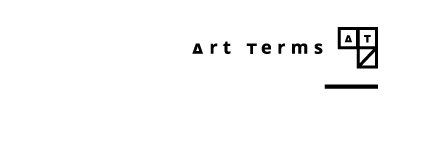
| Prev | [NEWS] David Zwirner Sold A Jeff Koons Sculpture For $8 Million Online |
|---|---|
| Next | [SHOWS] YI Einseok - Me Inside of Me @ BONGSAN Cultural Center, Daegu |
| List |